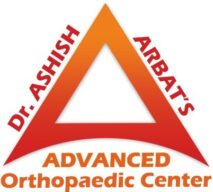What are the Benefits of Total Knee Replacement Surgery: You Can Expect
Are you considering knee surgery to reduce pain? Here are the benefits of total knee replacement that you can expect. People suffering from knee problems […]
Are you considering knee surgery to reduce pain? Here are the benefits of total knee replacement that you can expect. People suffering from knee problems […]
Are you considering a surgical procedure to relieve hip pain and want to know the pros and cons of hip replacement? Don’t look further! Here […]
Bone density naturally decreases after the age of 30 years. In that case, you must try the best ways to increase bone density. Bones are […]
Osteoarthritis (OA) is one of the most common types of arthritis that is also known as a degenerative joint disease (DJD) or wear-and-tear arthritis. This […]
Shoulder pain is a very common joint pain that can affect anyone, regardless of age, gender, or more. That saying, here we’ll discuss the best […]
Shoulder dislocation is common in people who do intense physical activities like athletes, bodybuilders, and more. However, it doesn’t mean an ordinary person doesn’t suffer […]
Knee pain in old age is quite common due to the natural decline in the density and strength of bone. Therefore, to reduce knee pain […]
People want to reduce hip pain as it stops them from doing several daily activities or the activities they love doing. Hip pain is considered […]
Usually cases of “Delaying Knee Replacement Surgery” emerges because of the patient fear and misinformation. According to Medical Researchers, Fear of the unknown, fear of […]
After having a hip replacement surgery, its obvious and common to expect a lifestyle similar to the one… before surgery… without the pain. And one […]
